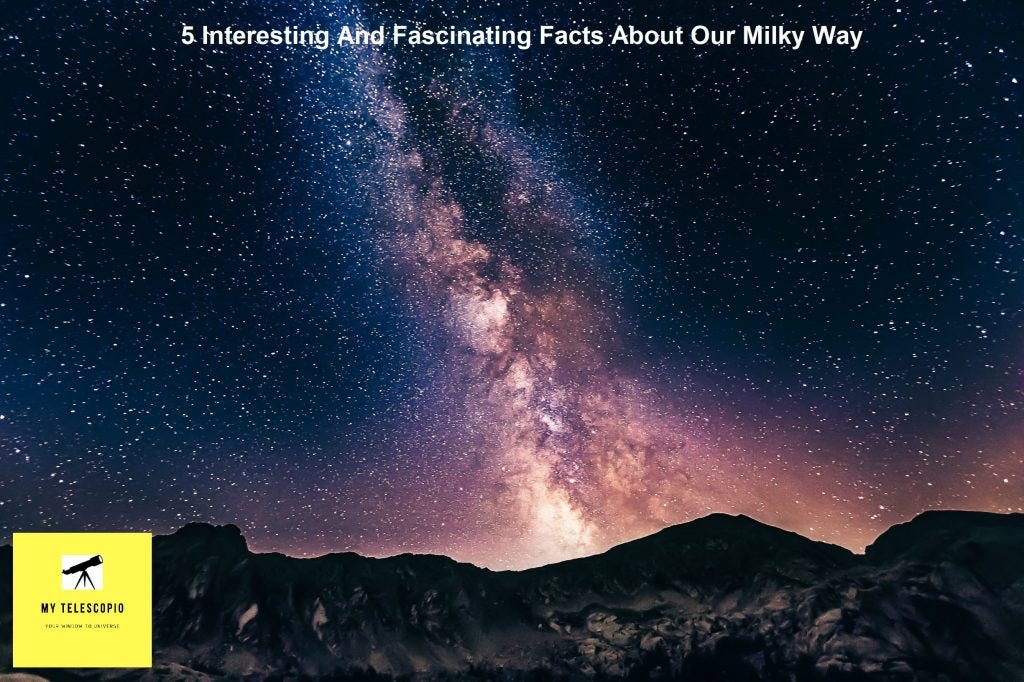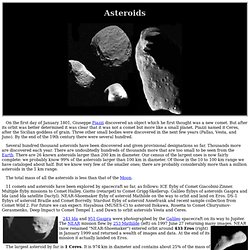Asteroids Facts

Asteroid, also called minor planet or planetoid, any of a host of, about 1,000 km (600 miles) or less in diameter, that orbit the primarily between the orbits of and in a nearly flat ring called the asteroid belt. It is because of their small size and large numbers relative to the major planets that asteroids are also called minor planets. The two have been used interchangeably, though the term asteroid is more widely recognized by the general public. Among scientists, those who study individual objects with dynamically interesting orbits or groups of objects with similar orbital characteristics generally use the term minor planet, whereas those who study the physical properties of such objects usually refer to them as asteroids.
Asteroids are minor planets, especially of the inner Solar System. Larger asteroids have also been called planetoids. These terms have historically been applied to any astronomical object orbiting the Sun that did not resolve into a disc in a telescope and was not observed to.
The distinction between asteroids and having the same origin is culturally imposed and is basically one of size. Asteroids that are approximately house-sized (a few tens of metres across) and smaller are often called meteoroids, though the choice may depend somewhat on context—for example, whether they are considered objects orbiting in space (asteroids) or objects having the potential to collide with a, natural, or other comparatively large body or with a spacecraft (meteoroids). Major milestones in asteroid research Early discoveriesThe first asteroid was discovered on January 1, 1801, by the astronomer at, Italy. At first Piazzi thought he had discovered a; however, after the orbital elements of the object had been computed, it became clear that the object moved in a planetlike orbit between the orbits of Mars and Jupiter.
Wii sports resort cheats table tennis. Because of illness, Piazzi was able to observe the object only until February 11. Although the discovery was reported in the press, Piazzi only shared details of his observations with a few astronomers and did not publish a complete set of his observations until months later.
With the mathematics then available, the short arc of observations did not allow computation of an orbit of sufficient accuracy to predict where the object would reappear when it moved back into the night sky, so some astronomers did not believe in the discovery at all.There matters might have stood had it not been for the fact that that object was located at the heliocentric distance predicted by of planetary distances, proposed in 1766 by the German astronomer and popularized by his compatriot, who used the scheme to advance the notion of a “missing” planet between Mars and Jupiter. The discovery of the planet in 1781 by the British astronomer at a distance that closely fit the distance predicted by Bode’s law was taken as strong evidence of its correctness.
Some astronomers were so convinced that they agreed during an astronomical conference in 1800 to undertake a systematic search. Ironically, Piazzi was not a party to that attempt to locate the missing planet.
Nonetheless, Bode and others, on the basis of the preliminary orbit, believed that Piazzi had found and then lost it. That led German mathematician to develop in 1801 a method for computing the orbit of minor planets from only a few observations, a technique that has not been significantly improved since. The orbital elements computed by Gauss showed that, indeed, the object moved in a planetlike orbit between the orbits of Mars and Jupiter.

Using Gauss’s predictions, German Hungarian astronomer (ironically, the one who had proposed making a systematic search for the “missing” planet) rediscovered Piazzi’s object on December 7, 1801. Get exclusive access to content from our 1768 First Edition with your subscription.Following that flurry of activity, the search for the planet appears to have been abandoned until 1830, when renewed it. In 1845 he discovered a fifth asteroid, which he named Astraea.The name asteroid (Greek for “starlike”) had been suggested to Herschel by classicist, Jr., via his father, music historian, who was a close friend of Herschel’s. Herschel proposed the term in 1802 at a meeting of the.
However, it was not accepted until the mid-19th century, when it became clear that Ceres and the other asteroids were not planets.There were 88 known asteroids by 1866, when the next major discovery was made:, an American astronomer, noted that there were (now known as ) in the distribution of asteroid distances from the Sun ( see below ). The introduction of to the search for new asteroids in 1891, by which time 322 asteroids had been identified, accelerated the discovery rate.
The asteroid designated (323) Brucia, detected in 1891, was the first to be discovered by means of photography. By the end of the 19th century, 464 had been found, and that number grew to 108,066 by the end of the 20th century and was more than 750,000 in the second decade of the 21st century.
The explosive growth was a spin-off of a survey designed to find 90 percent of asteroids with diameters greater than 1 km that can cross orbit and thus have the potential to collide with the planet ( see below ). Later advancesIn 1918 the Japanese astronomer Hirayama Kiyotsugu recognized clustering in three of the orbital elements (semimajor axis, eccentricity, and inclination) of various asteroids. He speculated that objects sharing those elements had been formed by explosions of larger parent asteroids, and he called such groups of asteroids “families.”In the mid-20th century, astronomers began to consider the idea that, during the formation of the, Jupiter was responsible for interrupting the accretion of a planet from a swarm of planetesimals located about 2.8 s (AU) from the Sun; for elaboration of this idea, see below.
(One astronomical unit is the average distance from Earth to the Sun—about 150 million km 93 million miles.) About the same time, calculations of the lifetimes of asteroids whose orbits passed close to those of the major planets showed that most such asteroids were destined either to collide with a planet or to be ejected from the solar system on timescales of a few hundred thousand to a few million years. Since the age of the solar system is approximately 4.6 billion years, this meant that the asteroids seen today in such orbits must have entered them recently and implied that there was a source for those asteroids. At first that source was thought to be comets that had been captured by the planets and that had lost their volatile material through repeated passages inside the orbit of Mars. It is now known that most such objects come from regions in the main asteroid belt near Kirkwood gaps and other orbital.During much of the 19th century, most discoveries concerning asteroids were based on studies of their orbits. The vast majority of knowledge about the physical characteristics of asteroids—for example, their size, shape, rotation period, mass, and density—was learned beginning in the 20th century, in particular since the 1970s. As a result of such studies, those objects went from being merely “minor” planets to becoming small worlds in their own right. The discussion below follows that progression in knowledge, focusing first on asteroids as orbiting bodies and then on their physical nature.